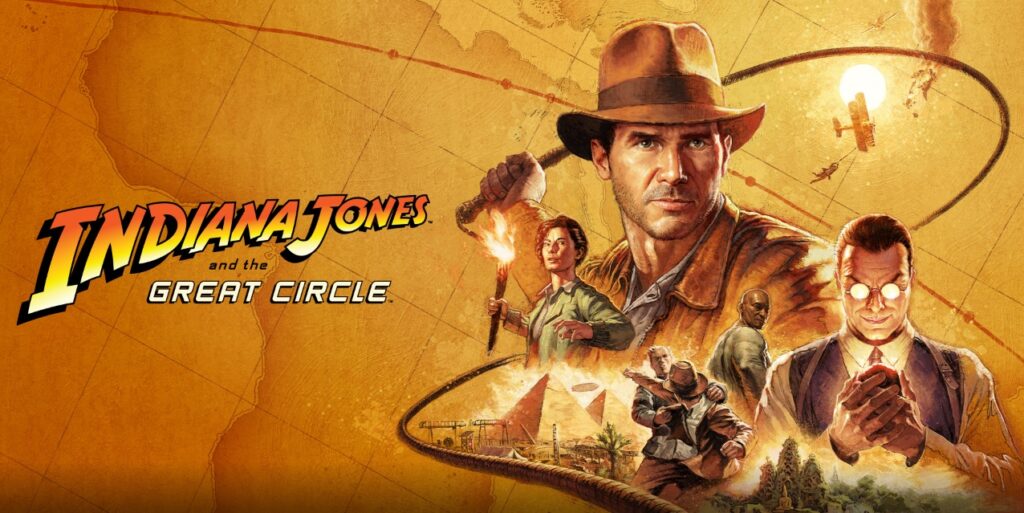
In 2014, a new Swedish studio called MachineGames released a new entry in the Wolfenstein series titled Wolfenstein: The New Order and it was fantastic. Unfortunately, after a decent standalone expansion, they followed up with two very poor sequels and it seemed (at least to me), that the studio would never repeat the success of their first game Ten years later, Indiana Jones and the Great Circle has proved this assumption wrong and despite the criticisms that will follow, is arguably the best Indiana Jones video game ever made. Some may scoff that this isn’t hard but the point-and-click adventure game Indiana Jones and the Fate of Atlantis and the flawed but enjoyable Indiana Jones and the Emperor’s Tomb were my previous two candidates. The former captured the spirit of adventure while the latter nailed the visceral brawling the protagonist often engaged in. There was also Indiana Jones’ Greatest Adventures on the Super Nintendo but this was a platformer at heart — though certainly a good game.
I’ve only previously reviewed one Indiana Jones video game which was the rather terrible Wii exclusive Indiana Jones and the Staff of Kings from 2009. In the linked review, part of my conclusion wondered why LucasArts had not put serious money into a proper game — especially as it followed so soon after a new film. Well, it took fifteen years but they finally did.
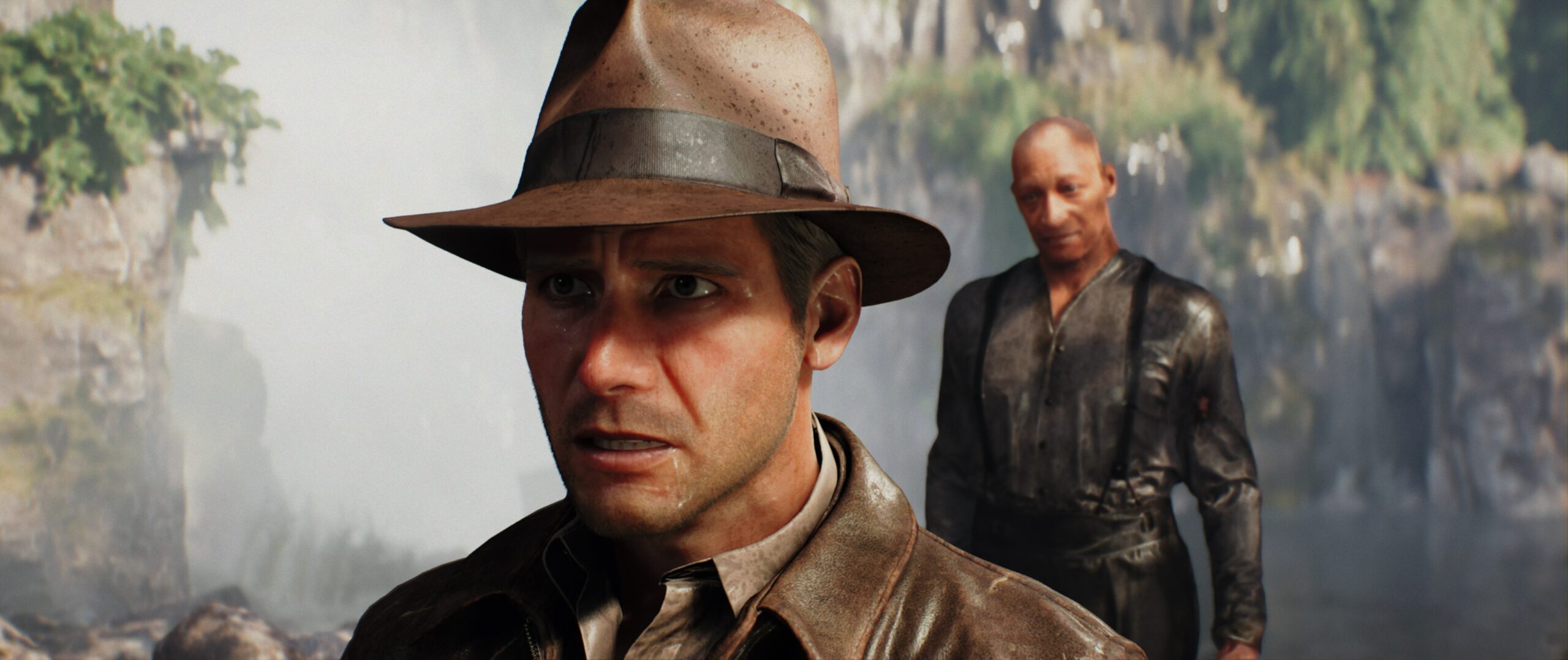
Indiana Jones and the Great Circle is a first-person action/adventure game that also integrates some role-playing mechanics. I had assumed when it was announced that it would be third-person; especially as the Tomb Raider and Uncharted game series (which both derived their concept from the Indiana Jones franchise), adopted this perspective. One of the first points of praise is that this game is immediately different from the series imitators. It also betters them particularly in regards to stealth, combat and exploration mechanics.
Most of the game is set in one of three open environments with main objectives but also a number of side missions and activities. Though optional, MachineGames has done a very good job of integrating the side missions and making them feel like a genuine part of the narrative — whether you decide to complete them or not. They either have some connection with the main narrative or come across as something Indy would be just as likely to encounter during his adventure. There is also the more typical side content that involves simply collecting things but these can be freely ignored and I generally did.
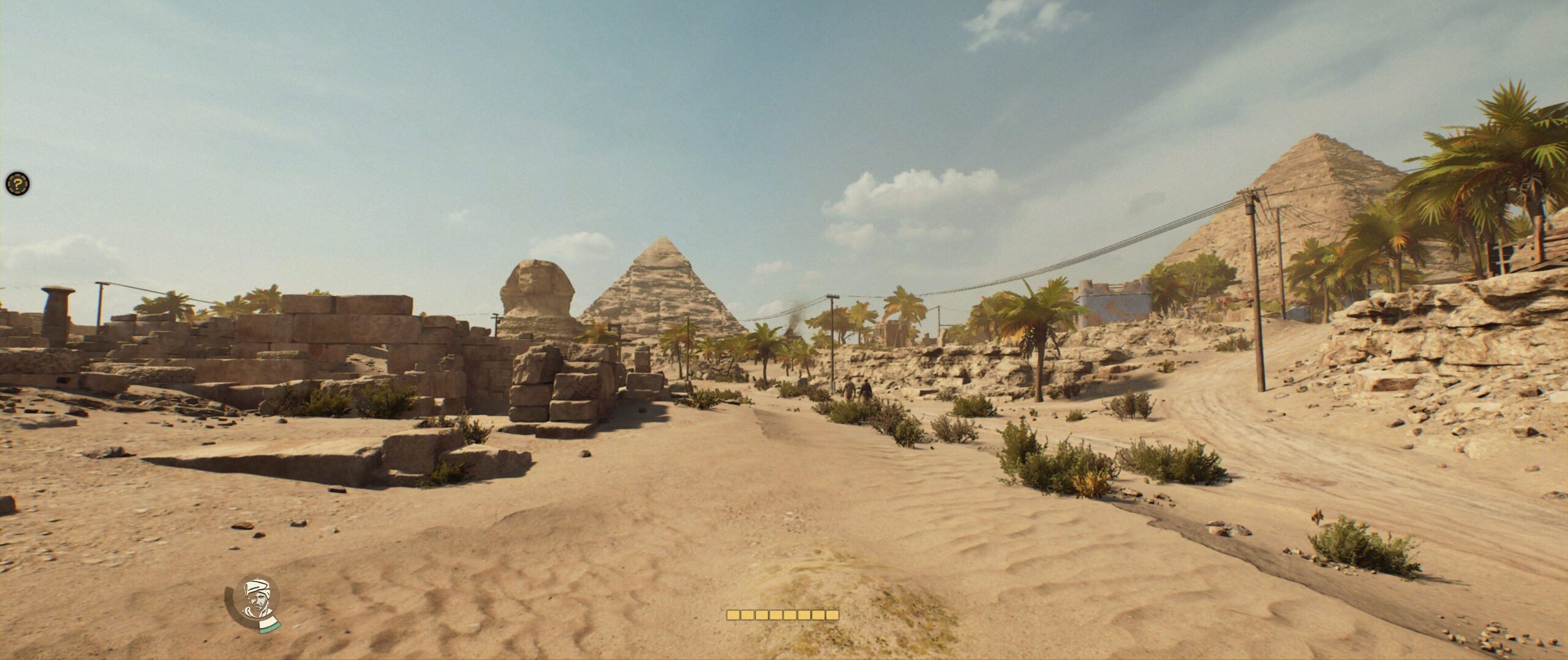
Stealth is certainly encouraged as getting into fights will quickly have Jones overwhelmed by enemies. Different disguises can be obtained in the three main areas but Indy can still get by without them with a little patience. Many of the missions can be approached in different ways and it is mostly left up to the player to discover them. The main way to dispatch enemies instead of avoiding them is by sneaking up to perform some sort of take down. If Indy is seen, he can get into a fist fight and as long as the guard is alone, further combat can usually be avoided. Of course, some enemies will almost immediately raise an alarm so being careful usually pays off.
It must be said that the enemy AI often helps with this and it is generally a lot more forgiving than other titles with similar stealth mechanics. When enemies are alerted, Jones is able to make use of his famous scrappy fighting style and even his whip. Jones can also pick up a wide variety of objects including candlesticks, hammers, pickaxes and more absurdly — even scrubbing brushes. These objects can also be thrown at enemies but this can be done more for amusement than as an effective tactic. All these items will quickly break from use and while this stretches credulity with items like hammers, it does stop the player from holding to one tactic. Firearms can also be used but they are discouraged as they quickly draw attention and enemies almost immediately respond in kind. The shooting mechanics are also a lot less slick (I assume by design), than those found in an FPS, so similar to the films, are more a last resort than something to be relied on.
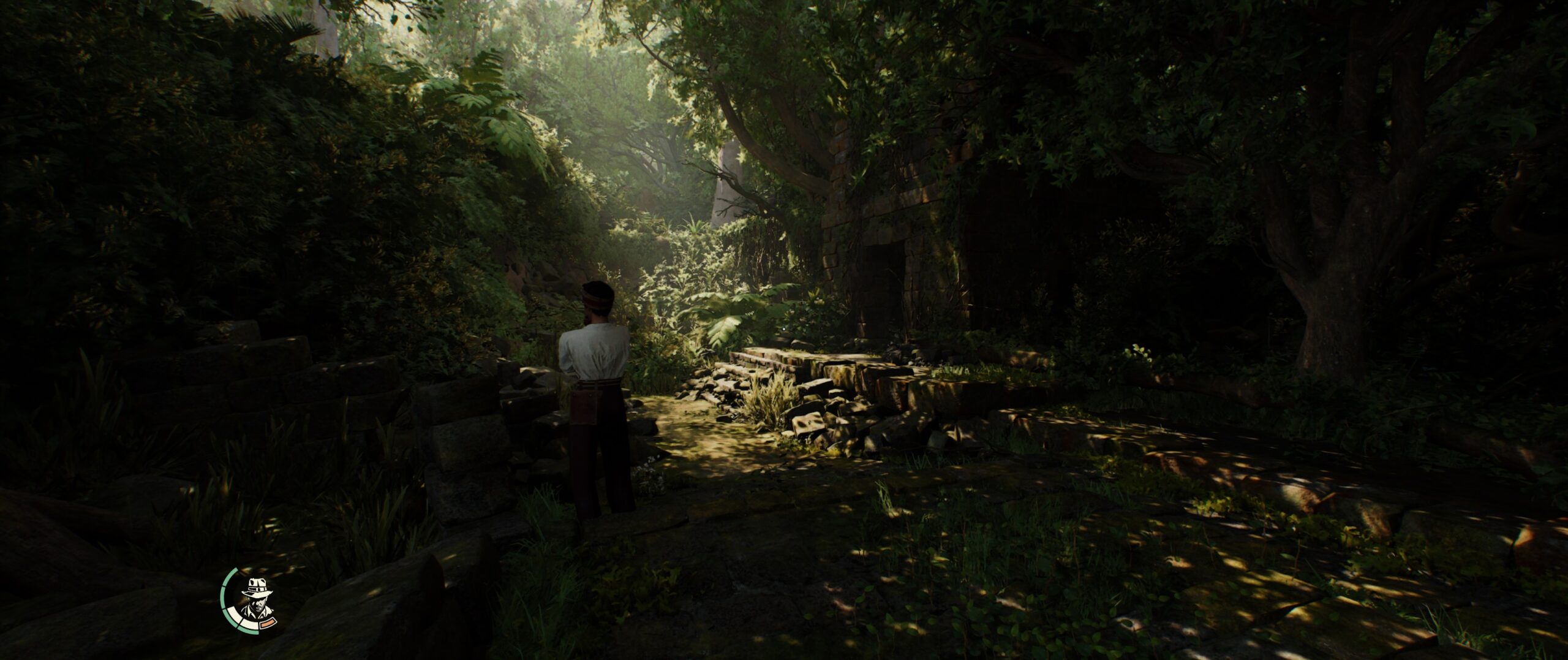
Initially, this is a lot of fun and I spent a great deal of my early time with the game playing around with the combat mechanics on enemies. The exploration is likewise quite enjoyable. After a while though, the combat becomes more of a chore than it should be especially when returning through areas where you’d previously dispatched enemies. The difficulty options can be tweaked in a number of ways but I set the combat to hard and still found dealing with enemies quite easy. At one point I was easily able to beat up every single soldier in camp in open combat which felt a little ridiculous. There are also a few areas in the game that are much narrower in scope and so force you through linear paths which don’t add variety so much as interrupt the more enjoyable parts of the game.
The game does of course also include plenty of tombs and temples previously lost to time. These involve very little combat and usually involve traversal including using Indy’s whip to swing and climb at specific points. The puzzles aren’t particularly difficult but they also aren’t as brainless as those seen in the Uncharted series and the most recent Tomb Raider games. These then are competent and engaging but nothing particularly new.
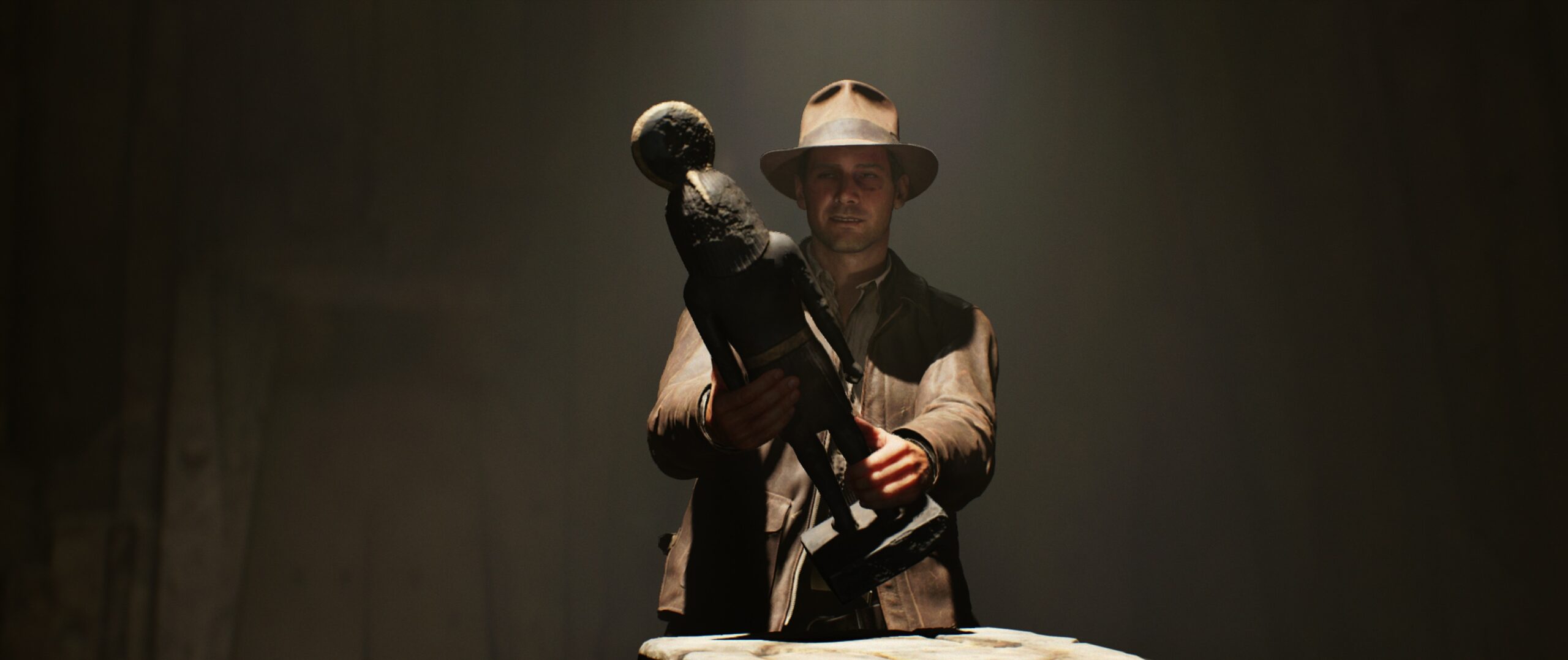
One interesting aspect of the design is the way health items, power-ups and the progressions system works. As is now all but ubiquitous, there are plenty of upgrades but the way this was implemented was at least interesting. The main way Jones improves skills is by finding books which after being read, gives Indy a skill based on the subject of the book. There are also collectables scattered throughout that allow Jones to upgrade health and stamina. These are the most useful but also take a lot more work. Along with this, bandages and food can be found which restore health in the case of the former and give temporary buffs for health and stamina in regards to the latter. It is a little silly having Jones walking up and stealing bread and fruit from Egyptian labourers or pastry off the desks of Vatican priests but it works with the design. The only real problem with this (and it is a problem), is that only the players that spend a long time seeking these upgrades out will get any use from them and the game can easily be completed by skipping over most of them. In a game with a stronger RPG focus, this would not be as much of an issue but it is noticeable here.
I will limit how much I reveal about the plot but I can at least promise it is a whole lot better than the last two films — the latter of which I only know having read a synopsis. The background is the Biblical Nephilim and their connection to a number of ancient artefacts from around the world. One of these artefacts is stolen from the museum at Jones’ college by one of these Nephilim Locus who is played by the late Tony Todd. This starts Jones on his adventure which is set between the events of the first and third films. Though I do have some quibbles about where the narrative is taken in places, it generally fits well with the original trilogy and as said, is certainly much better than the last two Hollywood efforts.
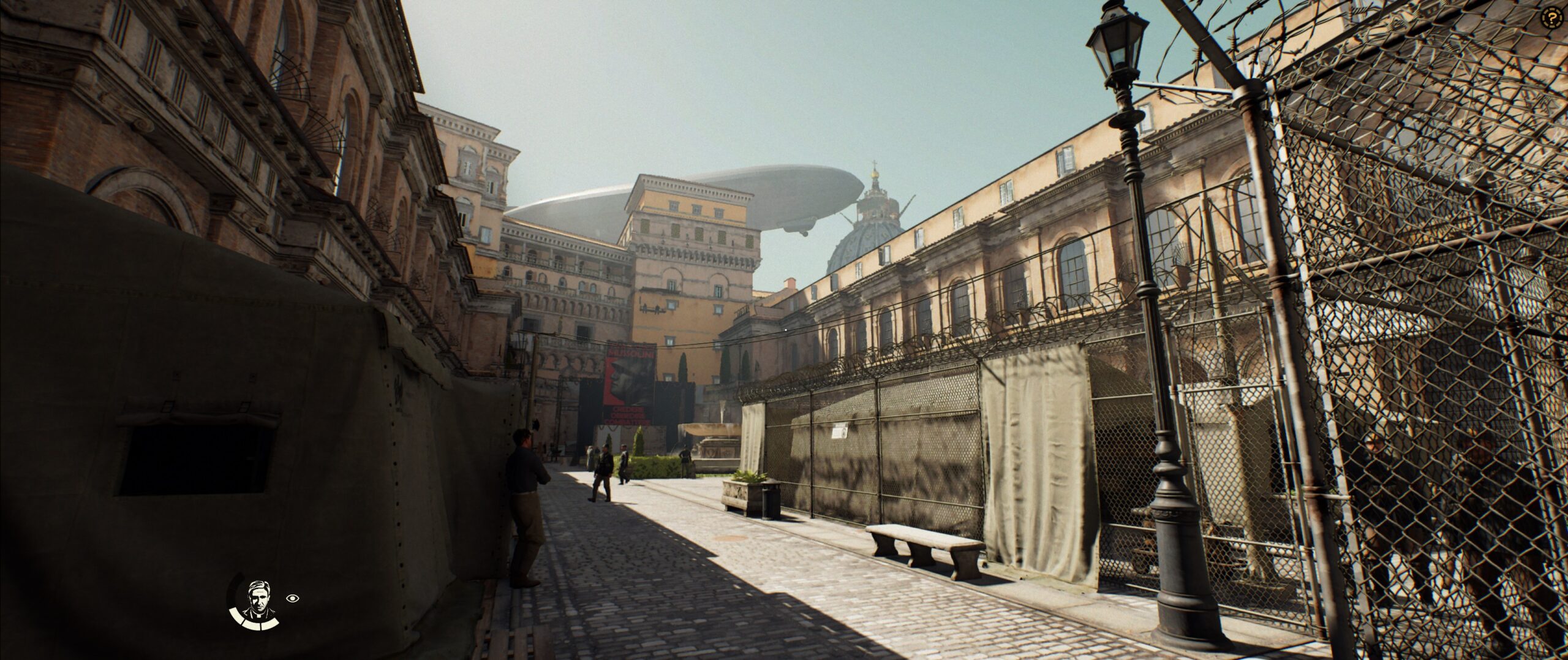
The first and most interesting area of the game is in the Vatican itself which has been beautifully recreated. I have only been there once almost twenty years ago so I can’t speak for just how accurate it is but I can say it looked great and many areas were recognisable. This location also allows for exploration that was a refreshing contrast to what is usually found in other “sandbox” games. The emphasis is very much on exploration in this first area though you can easily get into scuffles with Mussolini’s blackshirts and il Duce himself makes an appearance at one point. There are some shadowy figures within the Vatican (as there certainly are today), but the church on the whole is portrayed well with most quietly resisting Mussolini’s encroachments.
While investigating in the Vatican, Jones meets Gina Lombardi, an Italian journalist searching for her sister who has been caught up in the same events. She is much more likeable than Willie Scott in Temple of Doom but not as attractive as Elsa Schneider in The Last Crusade. She is certainly not one of the deliberately ugly characters that are fast becoming the norm across all media and has a feminine strength with very little of the nonsense “girl-boss” trope that so often accompanies this ugliness. There are moments in the game where she can absurdly get into fist fights with goons but as stealth is encouraged, this usually doesn’t happen. Indy does the lion’s share of the fighting and Gina contrasts well with the three women from the original films.
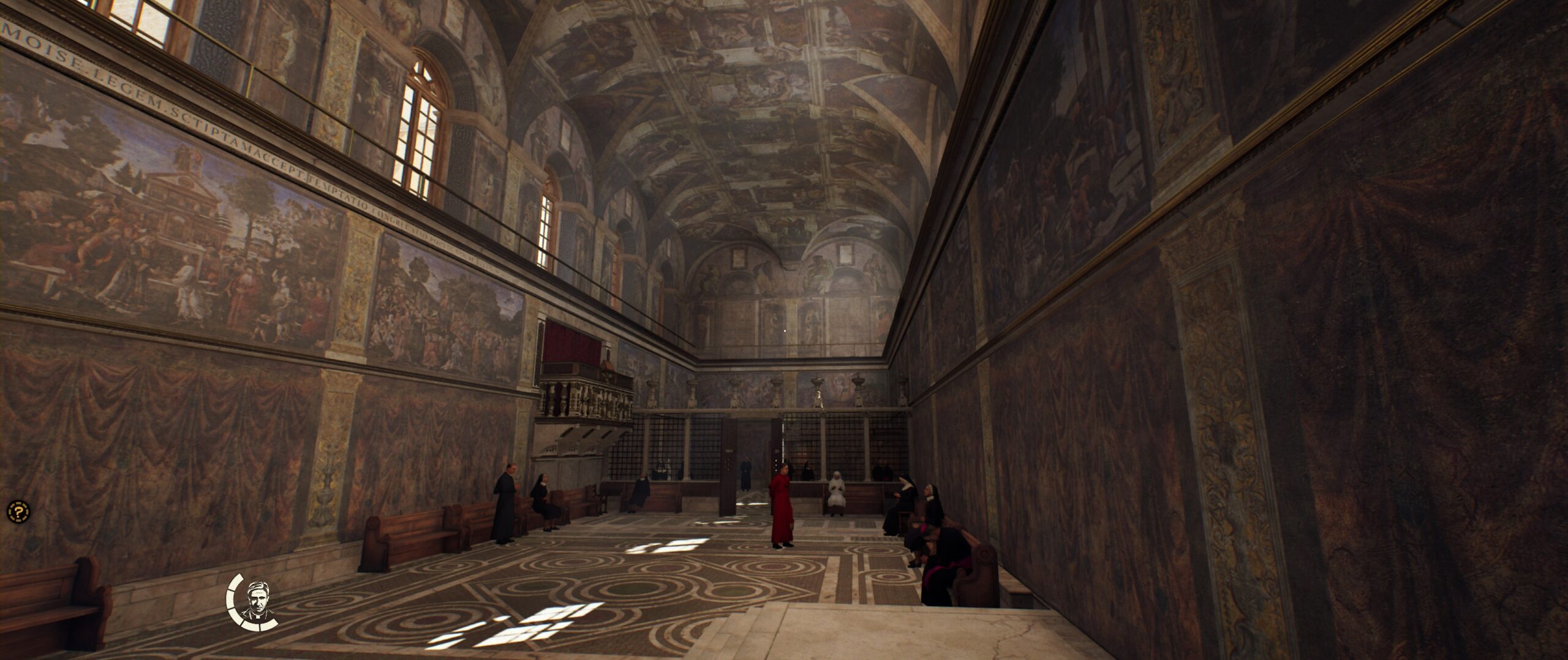
The Nazis of course make an appearance with fellow German archaeologist, Emmerich Voss being Indy’s main adversary and also the most interesting character in the game. While the brief and destructive period of Germany’s national socialism is shown in the typically cartoonish way, Voss at least is both interesting and entertaining. The actor’s performance is excellent and Voss comes across as highly competent but also ruthless and unpredictable. He is the kind of villain that is more disturbing when jovial than enraged. The only minor annoyance with the character I have is when he talks about how easy it is to control “insecure males” when referring to one of the German officers he is working with. This is an implied dig at men but if this were so, it should be very easy for feminists to exercise the same control, should it not?
As this aspect has come up, it is probably best to get some of the generally minor but still present socio-political warts the game has. I have a strong suspicion (for which I am not alone), that MachineGames was told explicitly by higher ups to tone down these irrelevant preoccupations more evident in their two most recent games. These aspects are still present though thankfully muted. Probably the most obvious that comes to mind is that Gina’s sister is implied to be a lesbian though this is not stated explicitly. Lesbianism obviously existed in the 1930s but even those in the most radical political groups would be circumspect about bringing it up. There is also dialogue peppered throughout that is sensitive to the modern ear and so anachronistic. I am not absolutely sure about this but I also recall Gina making a reference to Planet of the Apes which is similarly anachronistic if my ears didn’t deceive me. I would have made more judicious use of a red pen had I control over the script but it still came out better than I would have expected and there is nothing that ruins the game overall. If only for what is included, I would not encourage people to pay full price but it is refreshingly less “woke” than many of the more infamous major releases of 2024.
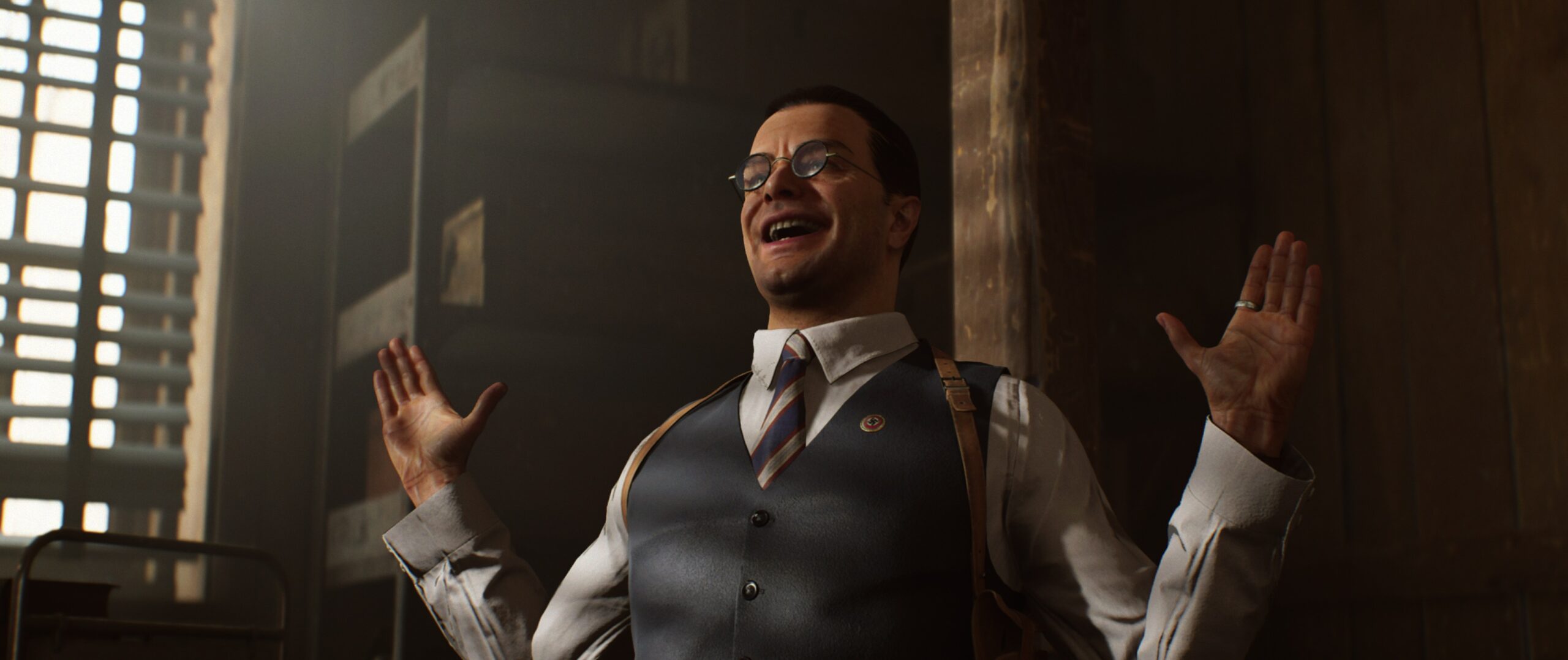
The last thing I want to bring up is something I’m not sure how to discuss as I’m not sure I have before. I will describe it as self-indulgence on the part of the game’s director. The most immediate example that comes to mind is in Uncharted 3: Drake’s Deception. I looked this up and it was in Chapter 18 which has the protagonist Nathan Drake walking through a desert for more than ten minutes. The gameplay boils down to walking until a cutscene plays and then walking again. This has become far too common in many games over the years and while some may find it “powerful” or “cinematic”, I find it tedious. The Great Circle has a few similar moments as well as an annoying part of the final fight that suddenly changes the fighting mechanics. If game director’s want to make films (looking at Neil Druckmann and Hideo Kojima especially) — then they should make films and so leave these pretentions out of game design.
So I have quite a number of quibbles with various aspects of the design and these do hurt the overall experience. The last area before I conclude is on the visual and sound design. I would say that this is the most impressive looking game since Battlefield 3. As should be clear from the images I’ve captured, the visual design is excellent and though another example of the self-indulgence above, recreating the opening of Raiders of the Lost Ark really does impress. The voice-acting is also very good with Troy Baker doing a very convincing impression of Harrison Ford. The only limit with this is he can’t really bring across the anger or frustration often seen in the films and is much more comfortable with Ford’s more gruff and monotone exchanges. I would have preferred they got the old guy into the recording studio but he was either too old or too expensive.
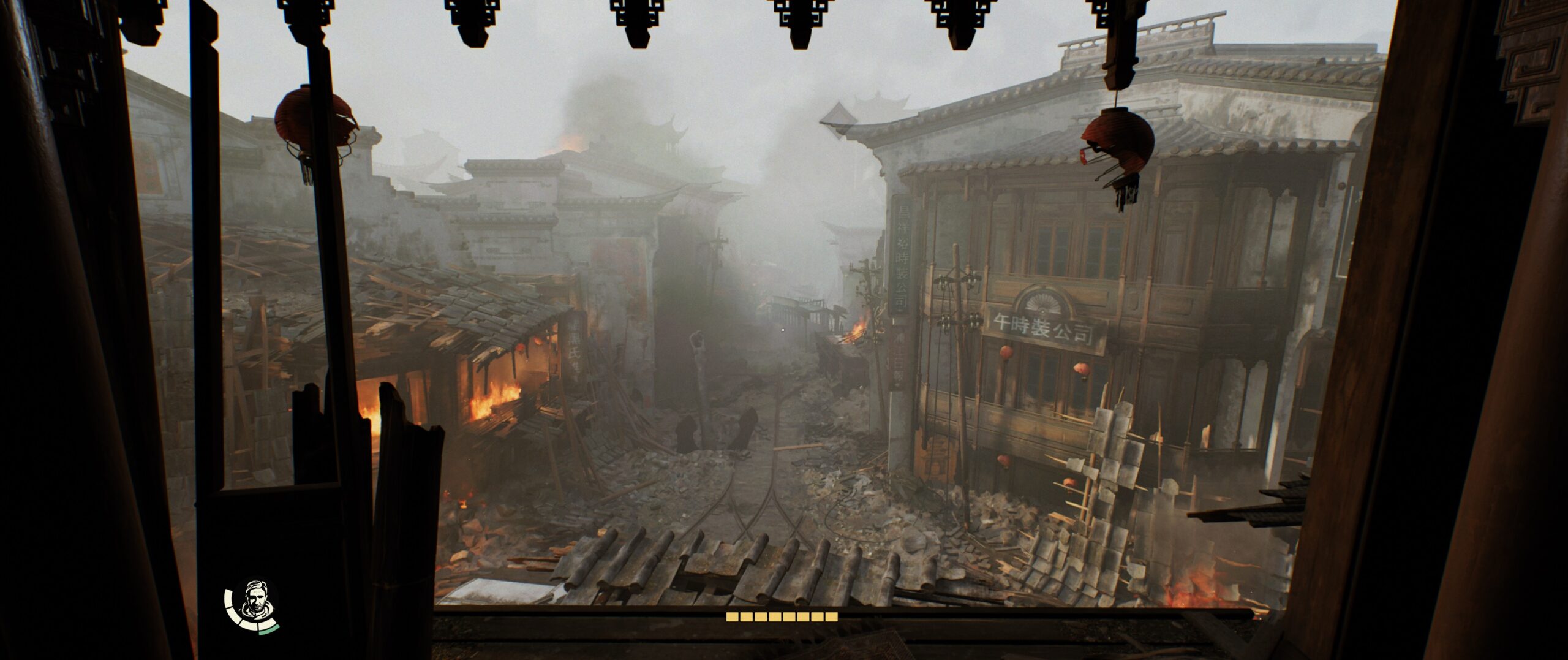
So Indiana Jones and the Great Circle falls short of greatness but is still a good game. It gets my recommendation but there are a number of aspects that will frustrate or irritate any gamer that dislikes the irritating “features” so often present in modern game design.
